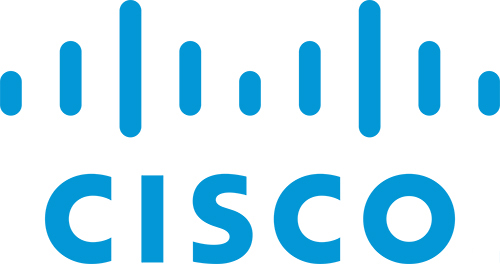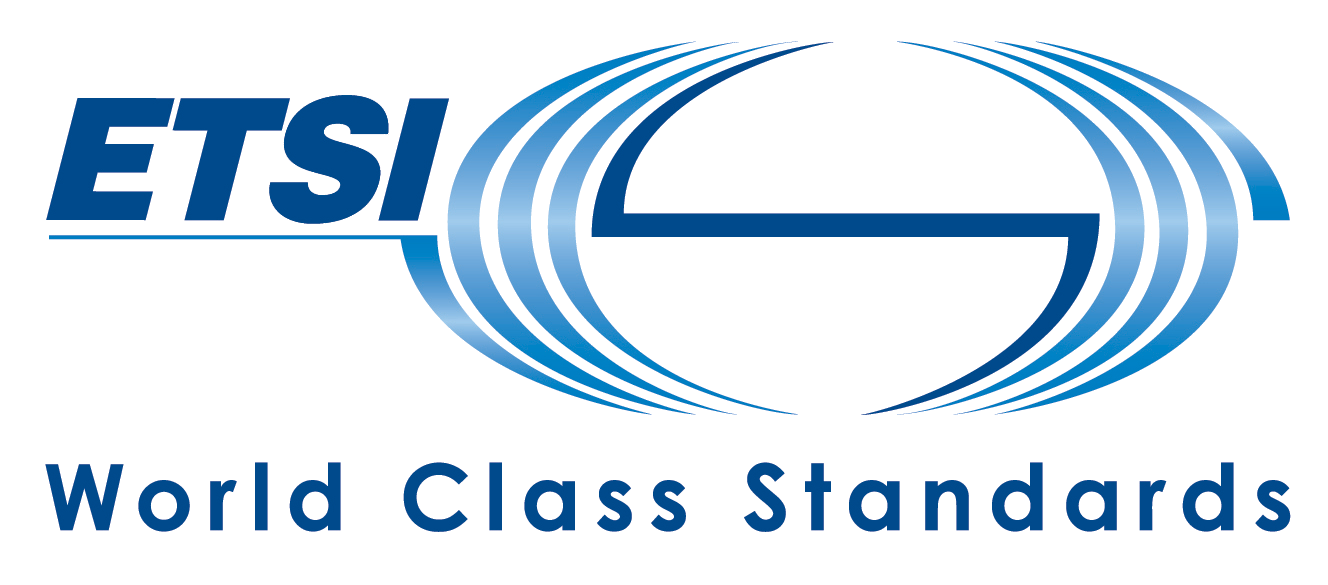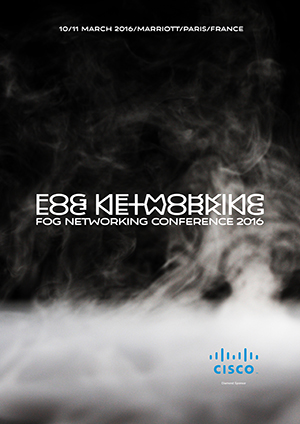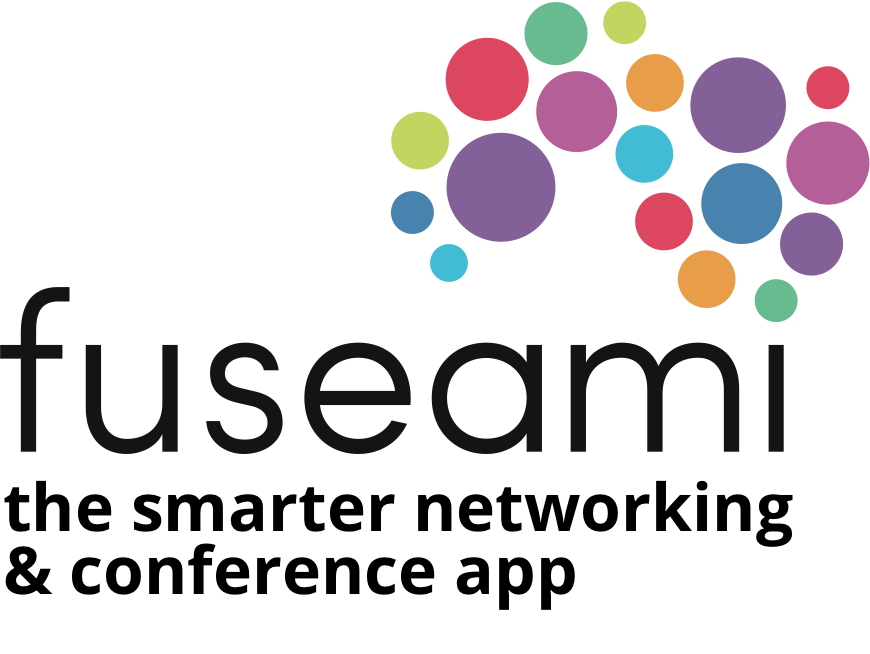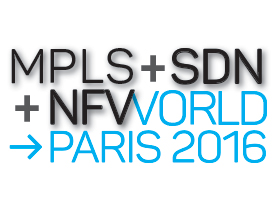LEVEL -1 AUDITORIUM
MORNING SESSION TUTORIAL
 Contextualized objectives and motivationS
Contextualized objectives and motivationS
 ARCHITECTURE, APPLICATION AND ENABLERS
ARCHITECTURE, APPLICATION AND ENABLERS
DEBATE
CONFERENCE DAY 1 | THURSDAY 10 MARCH 2016
| 08.30 | WELCOME, REGISTRATION AND COFFEE |
| 09.30 | Fog Computing | |
| Analyzing the main drivers for Fog Computing in different verticals (e.g., smart cities, manufacturing, retail, transportation, etc.), and defining the strengths and practical application of Fog Computing in different scenarios. Examining the architectural principles for building scalable and sustainable Fog/Cloud platforms, including basic requirements such as openness, security, flexibility, ease of use through orchestration and automation, as well as data and service management spanning from the network edge up to the Cloud. Describing the advantages of uniform ops including lifecycle management of Fog Nodes, Fog Virtual Domains (FVDs), virtual switch/routers, tenants, users, tenants’ overlays, Fog services and their instances, delegation of administration to tenants. Describing a pilot carried out in the city of Barcelona, as the first deployment materializing this vision at scale. 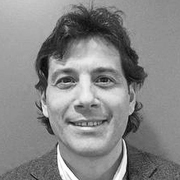 Marcelo Yannuzzi Cisco |
||
| 10.30 | COFFEE BREAK | |
| 11.00 | Mobile Edge Computing | |
| Mobile edge computing (MEC) is a key technology and architectural concept in the transformation to 5G and programmable world, and in enabling efficient and scalable IoT services. Describing how Mobile edge computing offers IT service environment and cloud computing capabilities in the RAN as well as exposure to real-time radio network and context information. The ETSI ISG MEC works on the reference architecture and the specification of the platform API. The specification of the API is critical to ensure mass deployment and increased market scale. Showing that MEC will reuse the infrastructure and infrastructure management of NFV to the largest extent possible. VNFs and MEC applications may be hosted on the same infrastructure. Hence, when cloud RAN is available, we will see MEC apps, RAN VNFs and other possible VNFs collocated on the same platform. 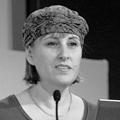 Nurit Sprecher Nokia/ETSI |
||
| 11.30 | Foggy Weather: How far can Terminals See? | |
Discussing the problem statement of the role of terminals in the fog computing paradigm. Terminals: dummy instruments just sensing the environment and collecting data or key active players? What are the most urgent unknowns to be removed? Is it realistic to get to the target latency of 1ms? How? 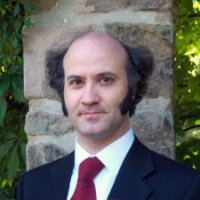 Dr. Valerio Frascolla Platform Engineering Group, Funding and Innovation Manager Intel |
| 12.30 | LUNCH |
| 14.00 | Fog and 5G | |
Introducing today envisioned solutions and system architectures of mobile edge and fog computing for 5G networks and presenting the new paradigm of distributed joint computing and communication resource optimization for enabling heterogeneous mobile devices with advanced computational capabilities, within controllable latency constraints dictated by the Quality of Experience and minimum energy consumption.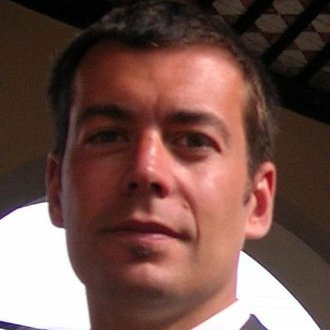 Emilio Calvanese Strinati Director of Telecommunicatons and Smart Devices Strategic Programs CEA-Leti Minatech |
||
| 14.30 | Fog and Industry | |
Covering the specific benefits that can be expected from running Fog service at various levels of the Purdue model. 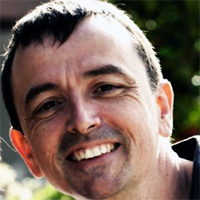 Pascal Thubert Cisco |
||
| 15.00 | Fog and SmartGrid | |
Giving an overview of Cisco¹s vision of the Smart Grid including: Smart metering, Distribution Automation and Substation Automation. Discussing the role of the communication network and the associated new communication technologies and their standardisation (Routing protocols, Security framework, management framework). Addressing the need for distribution intelligence and the architectural role of fog computing in this domain.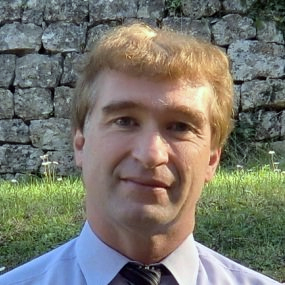 Patrick Wetterwald Smart Grid and IoT Product Manager Cisco |
| 15.30 | COFFEE BREAK |
| 16.00 | Flexible and Reconfigurable Platforms and MEC as enablers for Content-centric 5G Networks | |
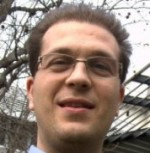 Starting from Mobile Edge Computing (MEC), as a recognized key technology for the evolution toward 5G, and the interest from operator point of view on network architecture evolution, by considering the path toward CRAN and vRAN in the view of next generation systems. Presenting some experimental activities in Flex5Gware project of 5G PPP. Starting from Mobile Edge Computing (MEC), as a recognized key technology for the evolution toward 5G, and the interest from operator point of view on network architecture evolution, by considering the path toward CRAN and vRAN in the view of next generation systems. Presenting some experimental activities in Flex5Gware project of 5G PPP. Dario Sabella, Telecom Italia |
||
| 16.30 | Security and Edge Cloud | |
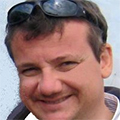 Discussing the challenges raised by the evolution of cloud paradigm towards the edge, in particular security issues. New threats but also new opportunities for Software Defined Security and innovation in security technologies and architectures. Discussing the challenges raised by the evolution of cloud paradigm towards the edge, in particular security issues. New threats but also new opportunities for Software Defined Security and innovation in security technologies and architectures. Emmanuel Dotaro, Technical Director, Thales |
| 17.00 | 5G Technical and Spectrum Challenges, Business Case, 5G Roadmap | |
 Moderator Emilio Calvanese Strinati Director of Telecommunicatons and Smart Devices Strategic Programs CEA-Leti Minatech |
||
| Participants Pascal Thubert, Cisco Dr. Valerio Frascolla, Platform Engineering Group, Funding and Innovation Manager, Intel Dario Sabella, Telecom Italia Emmanuel Dotaro, Technical Director, Thales Marcelo Yannuzzi Cisco |
||
| 18.00 | END OF FOG NETWORKING CONFERENCE DAY ONE | |



